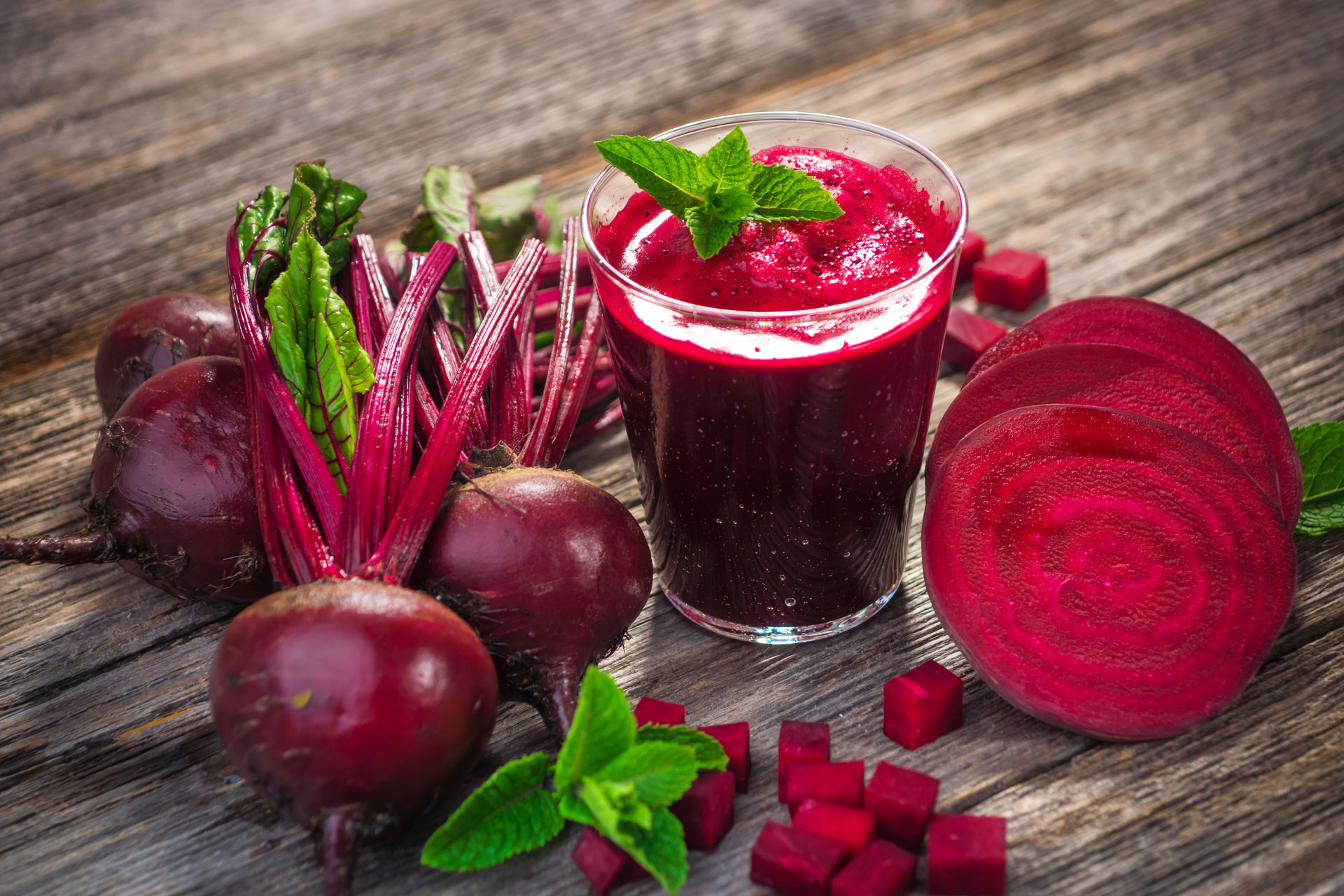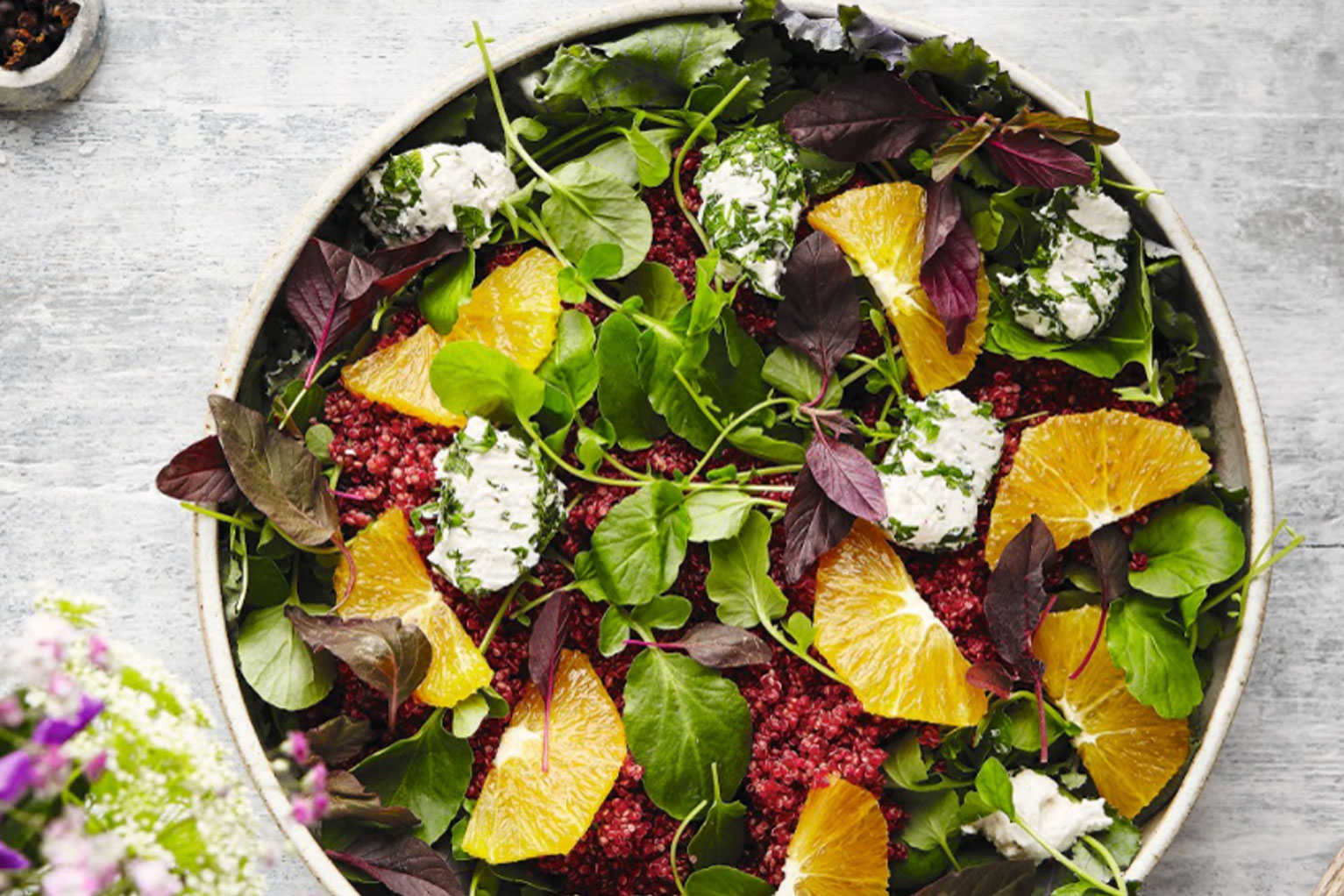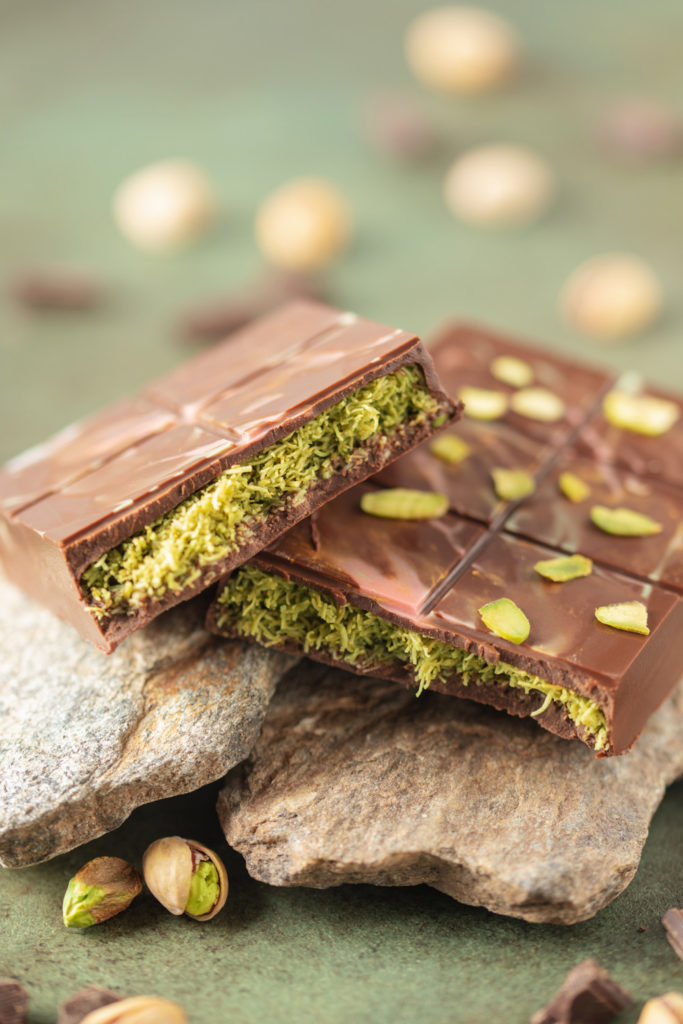Vegetable of the Week: Beetroot
By
4 years ago
How to cook with the most colourful veggie in town

Each week plant-based cook Bettina Campolucci Bordi, founder of Bettina’s Kitchen, gives us the lowdown on a particular seasonal vegetable or ingredient, offering cooking tips and a recipe. This week it’s beetroot.
Can I tell you a secret? I don’t love beetroots. They’re really not my favourite veggie. But my husband loves them – either in a juice, raw or slow cooked until slightly sweet. If I were to eat them, it would definitely have to be roasted or in a salad thinly sliced and marinated. I also don’t mind them pickled.
Interestingly beetroots arrived in the UK during the 18th century – the large rooted beets, known as the mangel-wurzel, were being fed to cattle during that time. They were introduced into England in the 1770s for use as livestock feed after being developed from early fodder beets in Germany and Holland. But after some time, people realised that beetroots were not just to feed animals: they could be enjoyed as an ingredient in cooking.
Nowadays the crops are grown from seed that is sown in May and the beetroot is ready to harvest from early July all the way into the winter months. Once dug up, the beetroot is packed straight from the field. This continues throughout the growing season.
I like to bake beetroots low in the oven for two to three hours, either wrapped in foil or in a little water in a lidded casserole dish. Alternatively, prepare it in the same way, then simmer for around one hour. You can then keep it in the fridge and add to salads and sandwiches. You can eat beetroot raw too, peeled and grated into salads and slaws, or my favourite: finely shaved as a carpaccio, marinated in a lovely dressing. You can also roast it, sauté it, puree it, grate it into cakes. It is incredibly versatile, with a deep earthy flavour.
I often use beetroots in recipes as a flavour enhancer, or to make the most of the absolutely stunning red colour – just like this hearty salad below, which can be eaten in summer or winter.
Recipe: Quinoa, Macadamia Ricotta and Orange Dressing
A brightly coloured, bound to impress salad platter. Great eaten on a hot summer’s day or when wanting and needing a more substantial salad during the winter months.

Serves 4
Ingredients
1 batch Macadamia Ricotta – makes 1 x 500g (1lb 2oz) jar
- 280g (10oz / 2 cups) macadamia nuts
- 160ml (5fl oz / 2/3 cup) water
- 1/2 probiotic capsule
- Pinch of salt
For the salad
- Lemon juice, to taste
- Salt and pepper, to taste
- For coating the cheese
- 1 tablespoon mint
- 1 tablespoon parsley
- 1 tablespoon basil
- Pink Himalayan salt and black pepper, to taste
- Mixed baby salad leaves
- 2 oranges, sliced
- Bunch of mint leaves
For the beetroot quinoa
- 4 small beetroots (beets)
- 440g quinoa (pre-cooked)
Method
TIP: Use a fresh batch of macadamia ricotta or let it ferment for a day. The difference between leaving it to ferment or not is the added benefits of the probiotics and the acidic ‘cheesy’ taste it gets from the fermentation process. Then add salt, pepper and lemon juice to the cheese until you have a good balance between salty and acidic.
Macadamia cheese
- Start by soaking the macadamia nuts for 2 hours by putting them in a bowl and covering with water. Drain the nuts and tip them into a blender along with the water and probiotic and blitz until you get a smooth texture. As this is a ricotta-style cheese the texture can be slightly bitty, which I personally love. If you are doing this in a high-speed blender, make sure not to overheat the mixture as this will kill off the probiotics.
- Once blended, transfer to a clean glass or plastic container. Do not use a metal one as the mixture won’t ferment. Leave the container outside the fridge for 24 hours with a tea towel or muslin cloth (cheesecloth) on top so that the mixture can breathe.
- After 24 hours your mixture will be slightly fizzy and bubbly. Place a proper top on and leave in the fridge until you need it. It will last for up to 7 days in the fridge.
TIP: This is a great fridge basic. Dairy is the hardest food group to replace both taste-wise and on a comfort level. Many of my clients suffer from dairy intolerances and this has been a lifesaver in terms of being able to add some comfort back into your diet.
Salad
- Roll out a big piece of cling film (plastic wrap) and add all your cheese mixture to it – you can choose whether you would like a skinny cheese roll or a bigger one. I always find it is nicer to have bite-sized pieces, meaning a skinnier and longer cheese sausage. Once rolled, let it set in the fridge for an hour.
- After an hour, or when it has set, unwrap the ‘sausage’ from the cling film.
- Chop all the herbs on a chopping board or plate, and roll the nut cheese sausage in them, then slice into discs.
Beetroot quinoa
- Put the beetroots in a big pan of water with a pinch of salt and let them boil for about an hour until soft. Cool, then purée in a blender until smooth. Set aside.
- Cook the quinoa according to the packet instructions. Make sure you don’t use too much water. I like using the ratio of 1 cup of quinoa to 1 cup of water. I start by letting the water boil, then add the quinoa, put the temperature right down, cover and cook until all the water has disappeared. Once the quinoa is fluffy and ready, set aside to cool.
- Once cool, gently fold the beetroot purée into the pan until all of the quinoa has been covered.
Put it all together
Put together the salad by plating the salad leaves and topping with the beetroot quinoa, the orange slices, mint leaves, sliced herbed nut cheese and drizzle with zesty big batch dressing.
TIP: The macadamia ricotta is freezable.
MORE VEG OF THE WEEK:



